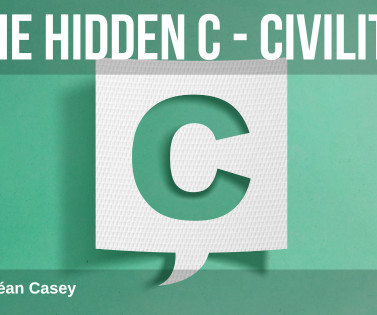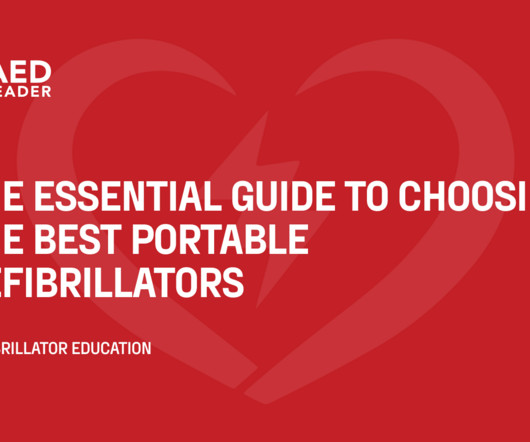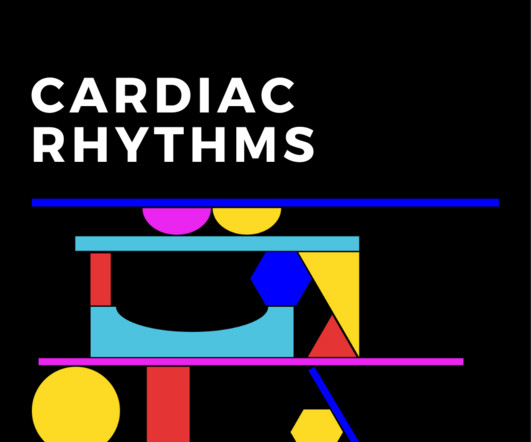The ‘Hidden C’
Don't Forget the Bubbles
JUNE 17, 2024
Riskin (2015) showed that rudeness accounted for a 12% reduction in diagnostic and procedural performance in a simulated resuscitation. A third RCT demonstrated that even brief low-level incivility could increase the risk of major error during CPR by up to 66%. 2015 May;30:656-74. 2015 Sep 1;136(3):487-95. BMC medicine.
















Let's personalize your content